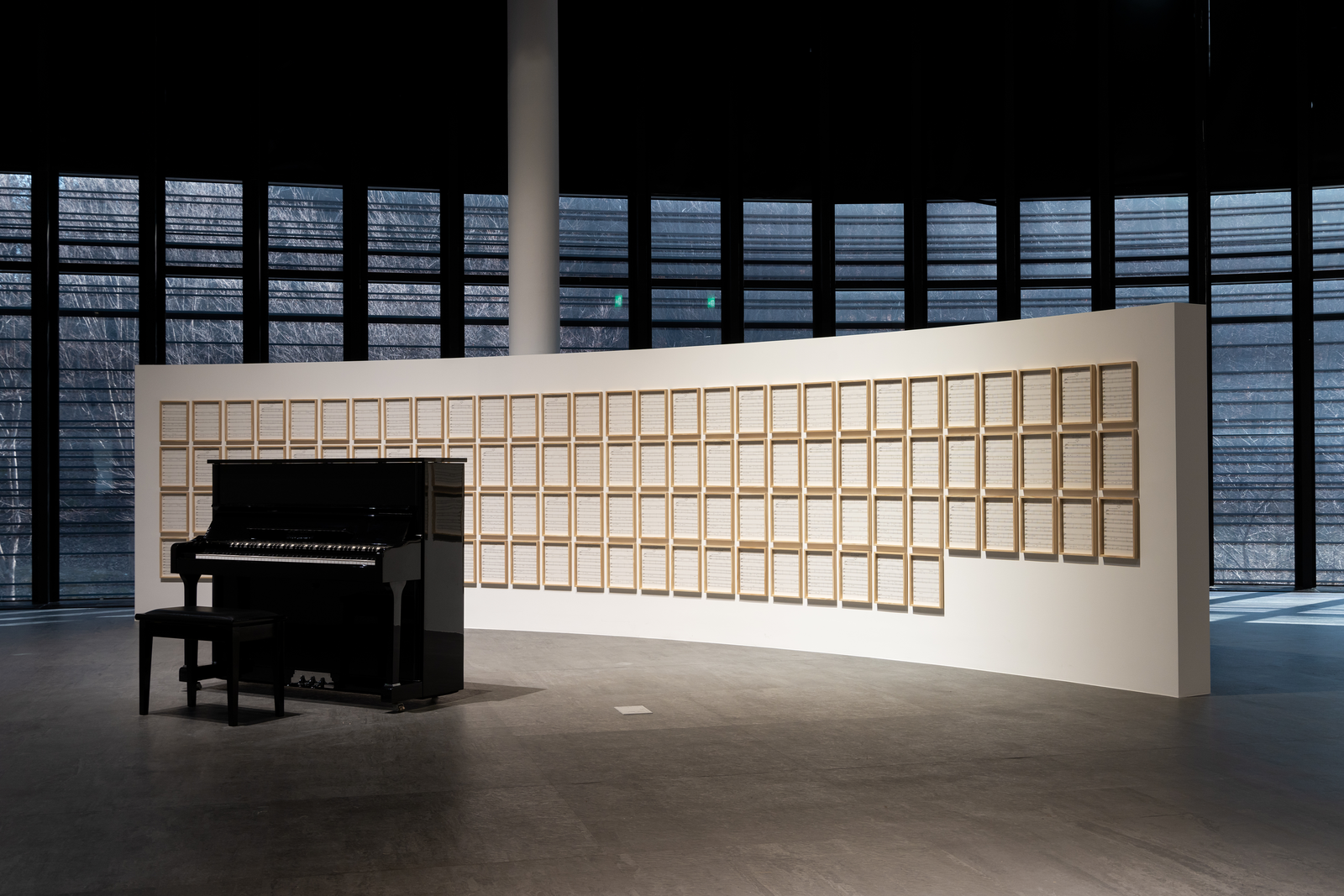New acquisitions
March 9–June 25, 2023
Random Access Hall
Random Access Hall
Random Access HAll
10 Paiknamjune-ro, Giheung-gu, Yongin-si
Gyeonggi-do
17068
Korea
Hours: Tuesday–Sunday 10am–6pm
T +82 31 201 8500
F +82 31 201 8530
press@njpartcenter.kr
Artists: Sung Hwan Kim, Kim Heecheon, Jinah Roh, Sunmin Park, Seungwon Park, Ahn Kyuchul, Unmake Lab, eobchae × Ryu Sungsil, Shiu Jin
Curator: Chaeyoung Lee
Nine artists/teams are here, ranging in a wide temporal spectrum. On Collecting Time, the new acquisitions exhibition presents their 11 works collected by Nam June Paik Art Center from 2020 to 2021, an unprecedented era of long-term closure of art museums. In a “strange time” when we were forbidden to meet face-to-face, the doors of the museum, making exhibitions and providing education, were also closed. During that time, Nam June Paik Art Center began collecting contemporary media art while waiting for the day to meet the audience again. The works collected then are shown in this exhibition. Covering different themes and artists that cannot be grouped into a single keyword, the works contain various questions and indications of the strange time.
On Collecting Time affirms that Nam June Paik Art Center is carrying out a mission to collect and research into the works of contemporary media artists as well as Paik’s. In addition, expanding the horizons of Paik’s work, which combined “temporal art” with the existing category of “spatial art,” it initiates discussion and generates controversy, “to collect” works of art that “cut through the waist” of time. These new acquisitions deal with “human time and machine time” in various forms, such as video, installation, drawing, performance, robots, and A.I. They reflect on a specific historical time and reveal the poetic beauty of non-deterministic and accidental time.
Collections point in the museum’s direction. The new 11 acquisitons of Nam June Paik Art Center challenge the discourses on collecting by traditional art museums. An Evolving Gaia (Jinah Roh), a robot that wants to become a human, will be updated to the 2023 version in this exhibition. This piece has a built-in talking A. I. that accumulates data over time. Although this work is already in the museum collections, the artist is skeptical about fixing it at one point in time. How sould we then exhibit and preserve works based on data that continues to accumulate and change? Nocturne No. 20/Couterpoint(Ahn Kyuchul), in which Frédéric Chopin’s Nocturne No. 20 is played on a piano whose keys are removed one by one whenever each performance is over, is ultimately about playing “nonexistence (nothing).” Here, time eliminates “sound” and creates random noise. It is a work that moves and evolves with each exhibition and each performance.
This exhibition raises interesting questions about collecting time. Let’s imagine that the time-based works are not to be completed yet and are going through the process of transformation and growth as organisms. You will look at something before and after these works, think about the possibility of change in their time, and will be led to discussions through performances, conversations, and forums. The exhibition is anything but a display of works; it will be an experiment on retracing and overtaking the time of the works.



